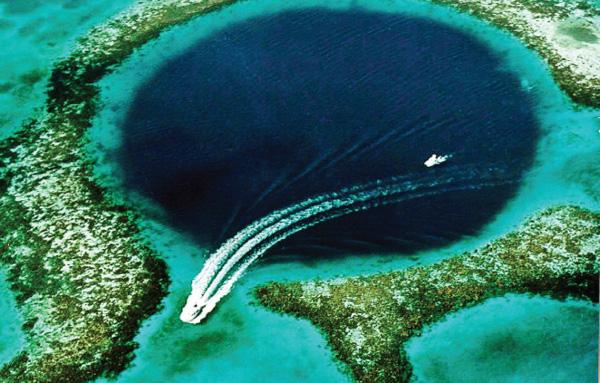
Scattered across the ocean bed, and often hidden from the human eye, are hundreds, or perhaps even thousands, of “blue holes.” The massive underwater sinkholes, which host a diverse biological community — ranging from coral to sponges to sharks to sea turtles — were formed thousands of years ago when groundwater dissolved karst, a type of porous limestone rock found on ocean floors.
The intriguing caverns, which are a favourite among deep-sea divers, have never been fully explored by scientists, because they are hard to detect and reach, and the opening of many blue holes is too narrow to lower automated submersibles.
However, that may change soon thanks to a series of missions that the US National Oceanic and Atmospheric Administration is sponsoring to explore a mysterious blue hole off Florida's Gulf Coast. Dubbed 'Green Banana,' the 425-foot-deep submarine cave lies 155 feet below the ocean's surface about 50 miles offshore from St. Petersburg.
The researchers, from Mote Marine Laboratory, Florida Atlantic University, Georgia Institute of Technology, and the US Geological Survey, will make their inaugural attempt to reach the bottom of the deep cavern in August 2020 using a benthic lander. The autonomous, triangular-prism-shaped exploration equipment will remain inside the hole for 24 hours, collecting sediment and water samples.
It will also record the water temperature, salinity, dissolved oxygen, clarity, and bottom currents every 15 minutes.
